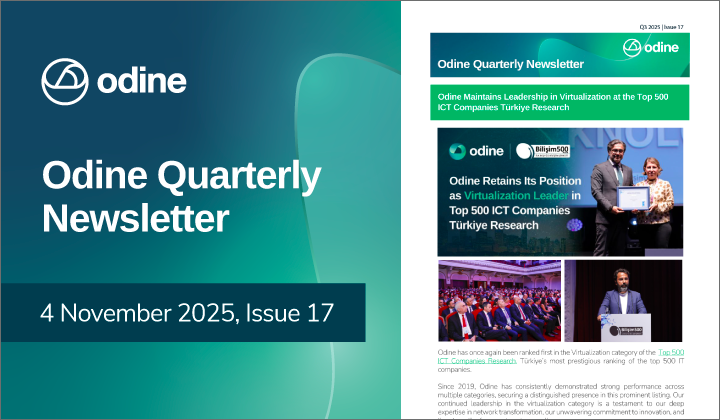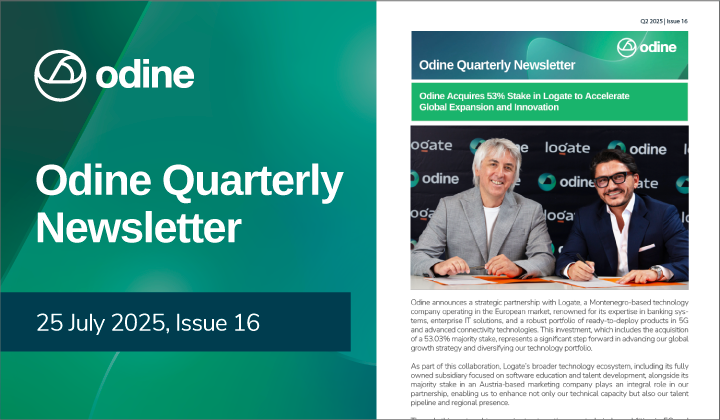Maximizing profit, monetization, increasing margins, cutting costs. Whatever way you say it, this has been the focus for telcos for some years now – and rightly so.
In the previous pieces of this mini-series, we discuss why cutting costs is the most viable approach for telcos to take if they wish to increase margins and how transforming the network will help achieve this at a dramatic scale.
The question we’re focusing on in this piece is: what comes after this transformation experience?
We propose that once your network is fully integrated, the time and resource saved from creating consistent data systems, breaking down silos, and reducing the opportunity for risk can now be dedicated to corners of the business telcos have often been forced to neglect.
Put simply, telcos that have transformed have gone from spinning dozens of plates to managing one unified network with a single point of contact. This scenario allows them to focus on issues that never had a chance to get to the top of the priority list, but have the potential to provide massive benefits to the business when given a little attention.
#1 Data
When your system isn’t connected, neither is your data. The risk of data being generated from different, incompatible sources is that operators can never get an accurate or global picture of activity. This can often be said over the years where operators have developed, built and maintained in stages.
This creates silos which increases the potential for risk, monetary loss, network issues, and much more. In comparison, a unified system ensures you have a unified perspective over all activity. Operators can then build a more sustainable business model (and keep costs down) with the ability to proactively identify and mitigate risks, identify ways to optimize the network, inform new service innovation, and more.
#2 Fraud management
As a follow on to the previous data issue, provisioning multiple systems allows for more vulnerabilities to appear, which in turn increases the likelihood of fraud activity occurring – and being missed. If operators are unable to view data in real-time, they can’t regulate their traffic, identify breaches, or act upon fraud incidents until it’s too late.
A small amount of investment into improving fraud management practices and organizational visibility could save organizations from large fines. In addition, reducing the number of successful fraud incidents will help sustain the business in several other ways: reducing (or maintaining) reputational damage, resolving disputes, and sustaining a consistent cashflow.
In such a competitive market, where every move matters, preventing fraud can have a hugely positive impact.
#3 Dispute management
Whether it’s a billing error or human error, legal and financial disputes are an inevitability throughout the operator’s process. When disparate technologies are being used, these disputes tend to manifest in much more disruptive ways as issues aren’t identified early on.
A unified system that doesn’t rely on multiple different data feeds will improve network output to mitigate this. It enables organizations to find and remove errors, such as misaligned CDR, before they snowball into large disputes.
Odine’s technology is all rated in the same way to support better integration with a single measuring system and reduced risk of disparity. By reducing the cause of disputes, organizations can continue to keep their costs low and simultaneously improve reputation and cashflow.
#4 Redeploy resource
Transformational change is a necessary next step for telcos that is already thoroughly underway. What organizations also need to consider is sustaining after this journey.
We have only outlined three of the possible areas which can continue to benefit operators following network transformation, but there are many more.
With unallocated human and financial resources as a result of reducing inefficiencies and cost savings, organizations have a wide landscape of possibilities to redeploy investment into new initiatives. This supports further service innovation and revenue generation, which is essential to maintaining your new, cost-effective and competitive position. In fact, it has the potential to generate much more on top of your cost savings.
This agility also future proofs the business for if revenue cycles fluctuate or the market shifts.
Ağı basitleştirin
Managing many disparate and therefore higher-risk operations is draining resources unnecessarily. Operators need to stop spinning so many plates before something loses control. By unifying and simplifying the network, operators can start solving their problems rather than just managing them, giving them more room to focus on generating revenue and competitive advantage.
Discover more about our network transformation solutions here.























